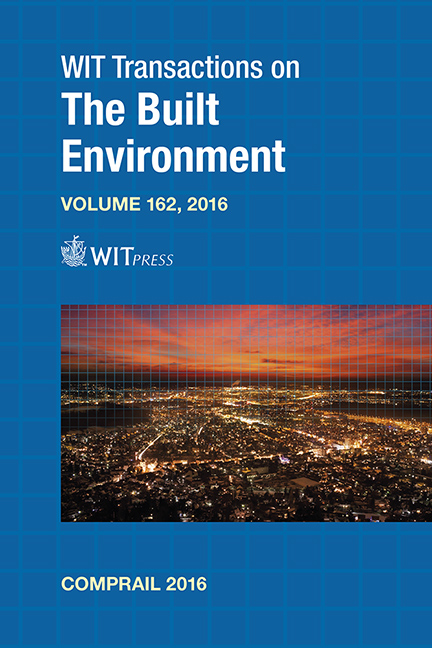Static Frequency Converters For Use In 50 Hz Railway Traction Power Supply Substations
Price
Free (open access)
Transaction
Volume
162
Pages
10
Page Range
203 - 212
Published
2016
Size
1,701 kb
Paper DOI
10.2495/CR160191
Copyright
© 2016 Institut fur Bahntechnik GmbH
Author(s)
M. Ufert
Abstract
Conventional power supply of 25 kV 50 Hz railway systems has been realized using 2-phase transformers connected to high voltage 3-phase transmission grids in the past. Recently static frequency converters (SFC) for traction power supply substations have come into focus. SFCs provide multiple technical benefits. One benefit is the symmetric loading of the 3-phase high voltage transmission grid. Hence no voltage unbalance is caused by 2-phase traction power loads. When SFCs are used continuously along the railway line, the overhead contact line (OCL) sections between the traction substations can be supplied in double-end-feeding mode. By using this feeding mode the traction power loads will be shared between minimum 2 traction substations. Hence the traction currents can be reduced significantly. Furthermore, a wide spread of regenerated power is enabled. Thus the overall efficiency of the entire traction power supply system will be improved. For the rating procedure of SFC-substations the different overload capabilities of transformers and SFCs have to be considered. The mathematical principle of time weighting represents an efficient approach for rating of electrical devices and equipment of traction power supply substations.
Keywords
traction power supply, static frequency converters, rating, time-weighted load duration curve





